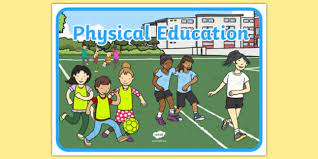Introduction
In the world of sports and athletics, staying safe and using proper equipment is of utmost importance for preventing injury and ensuring optimal performance. Negligence claims resulting from improper use or maintenance of sports equipment can lead to significant financial and reputational consequences for individuals and organizations involved. This article will explore some essential actions to take in order to avoid such claims.
1. Ensure Proper Equipment Selection
One crucial step in avoiding negligence claims is selecting appropriate, high-quality equipment designed specifically for the sport or activity. This includes considering factors like size, weight, material, and safety features. Consult with experts or refer to industry guidelines when choosing new equipment, especially for high-risk sports.
2. Regular Inspection and Maintenance
Conduct routine inspections of all sports equipment to identify wear, tear, or damage that may compromise its functionality or safety. Develop a maintenance schedule based on manufacturers’ recommendations or best practices in the industry and follow it diligently. Replace damaged or worn-out equipment promptly to minimize potential hazards.
3. Training and Education
Implement comprehensive training programs that educate coaches, athletes, and staff on the correct usage, storage, and handling of sports equipment. This will help ensure everyone is aware of potential risks associated with improper use and can make informed decisions while practicing or competing.
4. Clear Instructions and Signage
Post clear instructions about how to use the equipment properly in prominent locations near each piece of gear. Consider using visual aids like diagrams or videos to support written guidelines. Additionally, place appropriate warning signs within facilities that outline possible dangers related to certain activities or equipment.
5. Document Incidents and Conduct Reviews
Establish a system for documenting incidents involving injuries or near-misses tied to sports equipment usage. Use this information to conduct periodic reviews that identify patterns or trends warranting intervention—such as replacing faulty gear or refining existing safety practices.
6. Adequate Supervision
Provide adequate supervision during practices, games, and other sports activities to ensure proper use of equipment and adherence to safety guidelines. Trained staff members should be available to assist athletes in using complex equipment or performing risky maneuvers.
7. Stay Up-to-Date on Industry Trends
Lastly, keep abreast of new developments and advancements in sports equipment technology and best practices. Incorporate improved safety features, materials, or techniques into your organization’s operations as they become available, ensuring you remain compliant with industry standards and expectations.
Conclusion
By implementing these precautionary measures, you can take a proactive approach to minimize the risks associated with sports equipment usage and reduce the likelihood of negligence claims. Establishing a culture of safety within your organization not only protects athletes from potential harm but also safeguards your reputation and financial stability against legal disputes.











